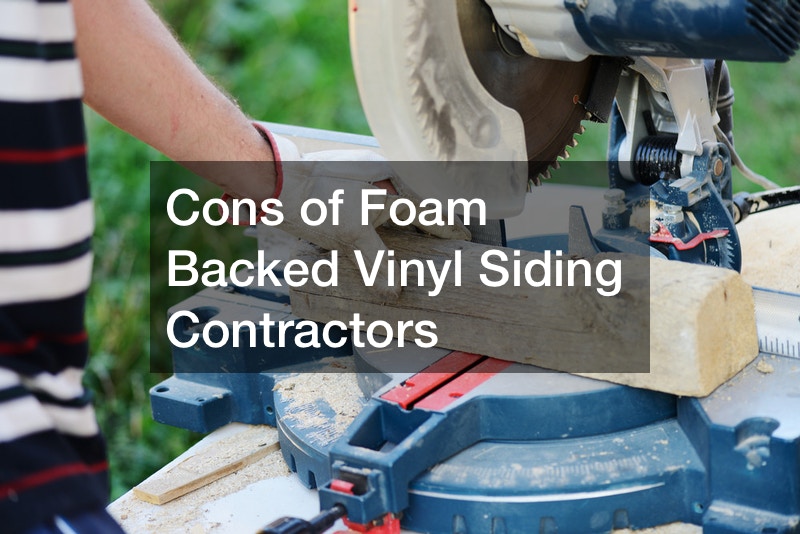

While at its core, insulated siding is the same as traditional vinyl siding, and it’s still made through the utilization of two PVC layers for continuous extrusion. Where the difference lies is in the additional step of the fabrication process. After the regular panel is made, the panel is reinforced with solid, rigid-foam insulation attached to the back of the panel to increase its insulating capability. If you are hiring a siding contractor, consider this information.
Just because there are some legitimate benefits to insulated vinyl siding, that doesn’t mean that it comes without its own set of downsides.
Some of the most prevalent cons of insulated siding include:
Cost: Compared to traditional vinyl siding, this option is not cheap. In fact, the cost is quite a bit higher. Most homeowners see an increase in the cost of 50%-100% when they select insulated siding over traditional siding. While the installation process is similar to traditional vinyl installation, the labor costs are higher as well. This is largely due to the panels being thicker, which requires more effort to cut. Plus, the panels must be installed perfectly.
Expansion & Contraction: The siding and the insulation expand and contract with freezing and thawing at different rates. Having the insulation glued to the back of the siding creates many problems including buckling, breaking, leaking issues.
.

